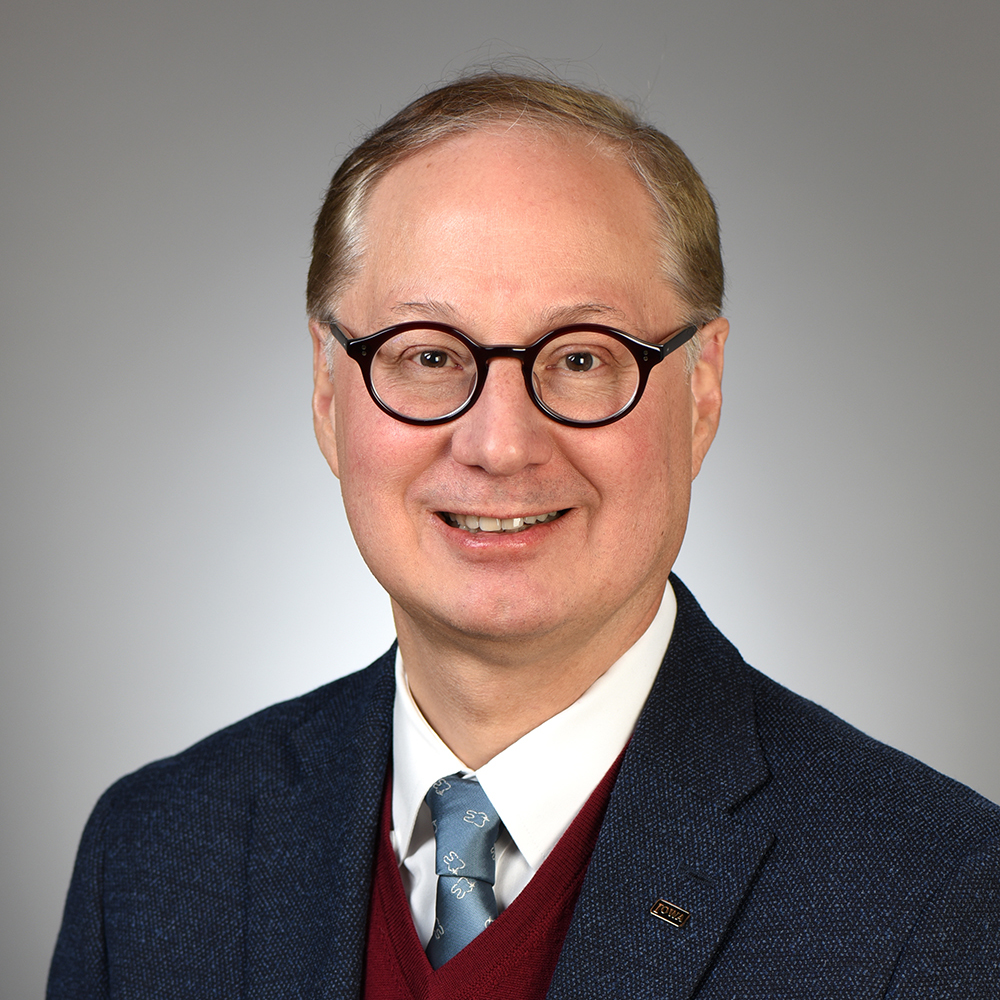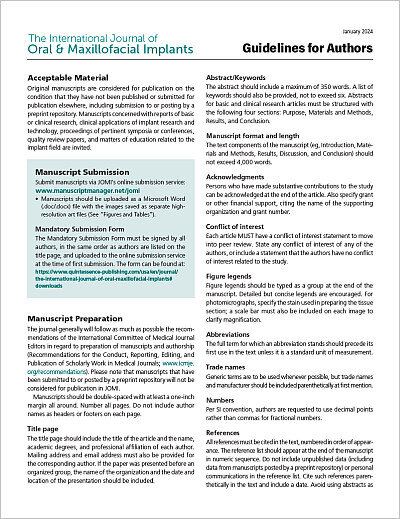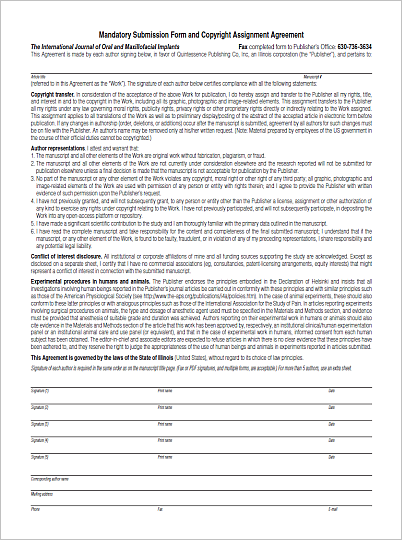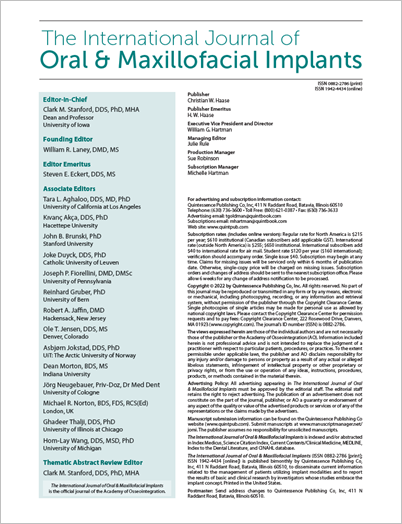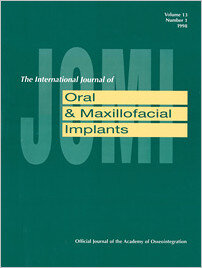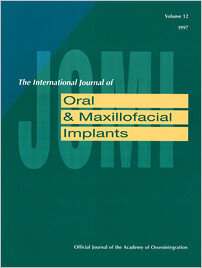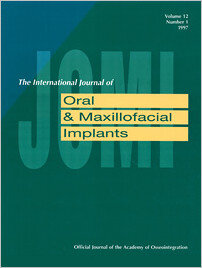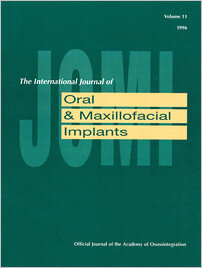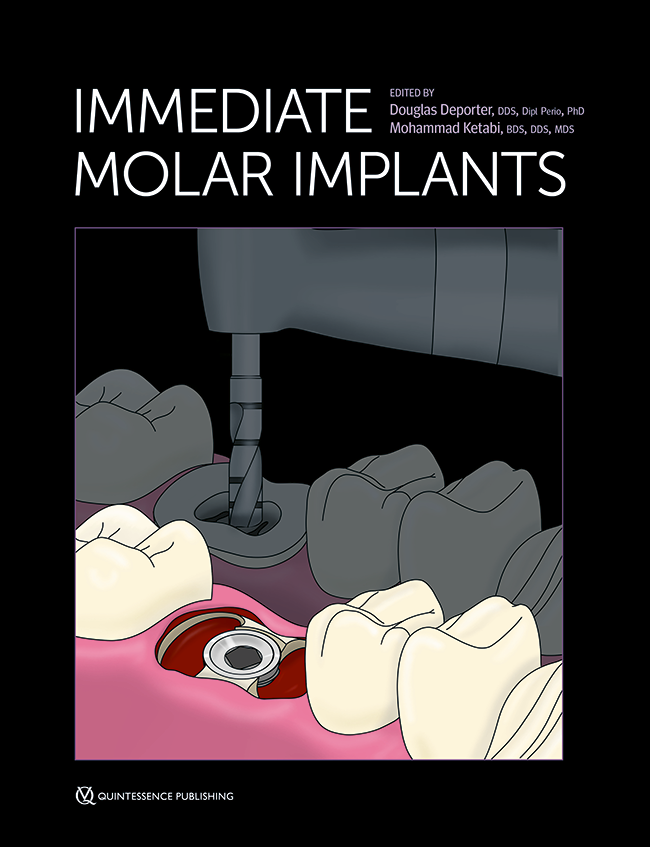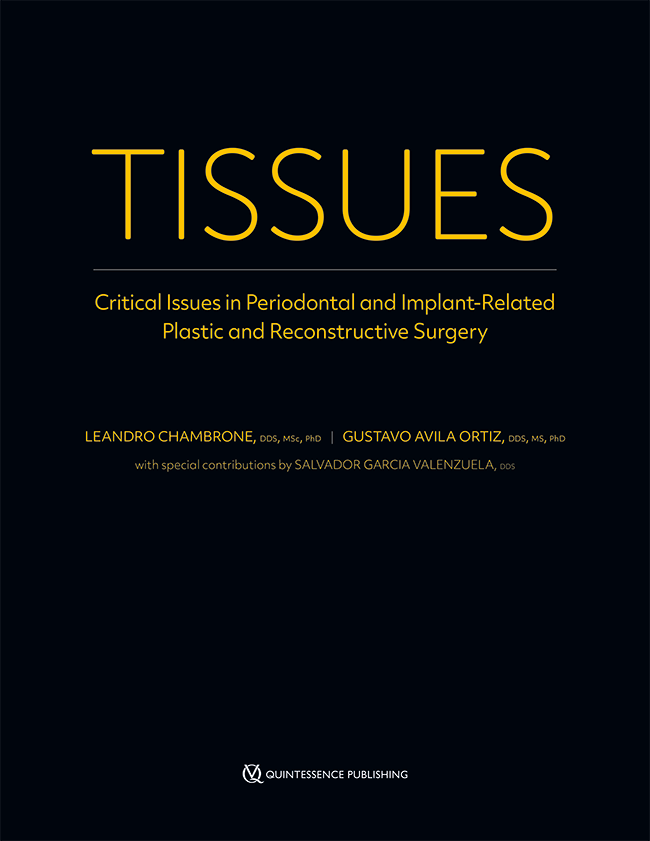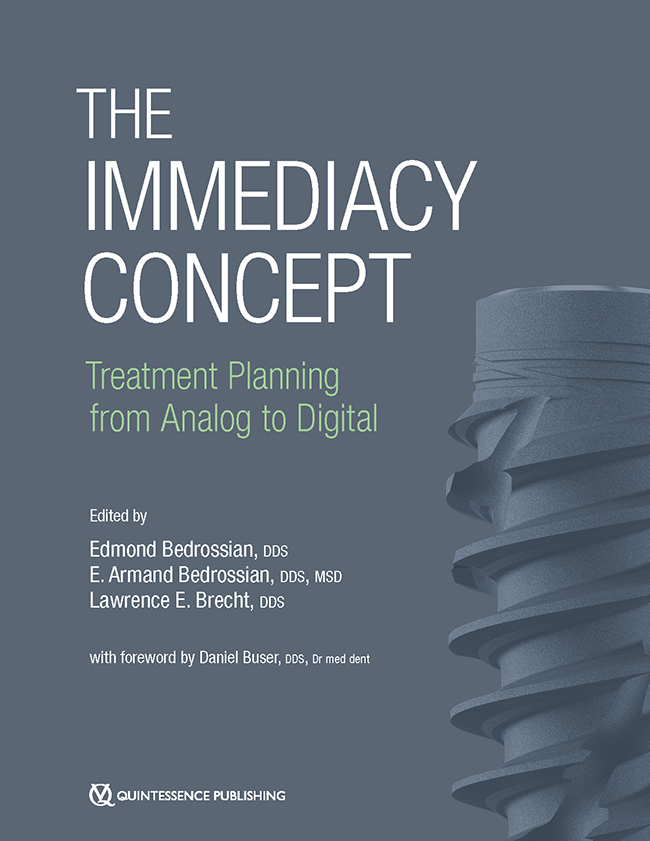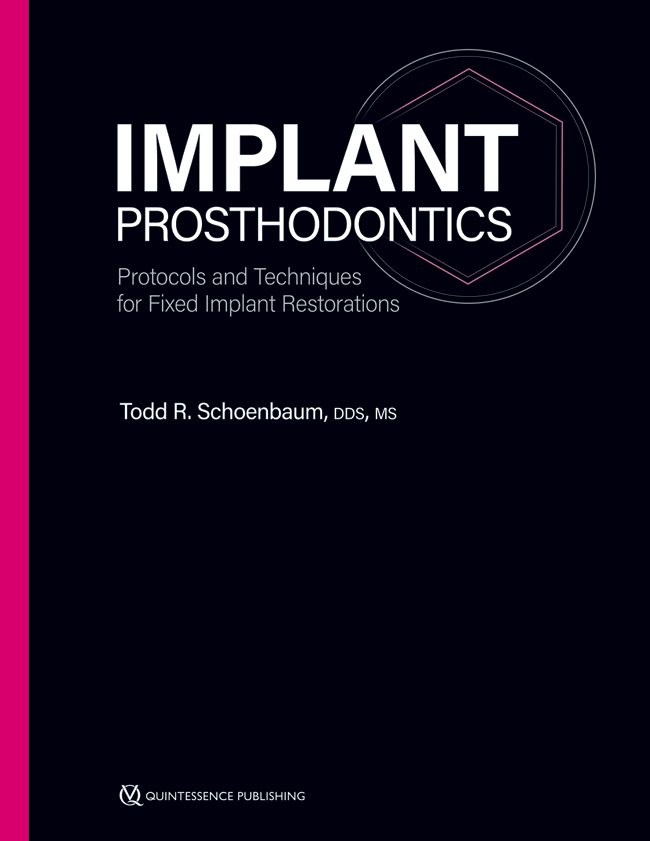Pages 601-610, Language: EnglishGross, Karlis A. / Berndt, Chris C. / Iacono, Vincent J.Uniformity, surface roughness, and chemical phase structure are all important features of implant coatings. While the first two variables are important for implant placement, the phase structure affects implant fixation. This study examined the coating morphology and the amount, size, and distribution of crystalline regions of press-fit and screw-type dental implants. Implants obtained from five commercial vendors were sectioned sagitally, mounted, and polished to reveal the coating microstructure. The crystalline phase content varied depending on the implant supplier; however, general trends were observed. Amorphous regions were predominantly found at the metal interface and decreased toward the outside of the coating, producing a crystallinity graded coating. The distal end of the implant, where heat build-up was more likely during the coating procedure, displayed a higher crystalline content and larger crystalline regions. Similarly, the thread apex consisted of more of a crystalline phase. The results of this study of coating microstructure may be used to improve the quality and performance of implants and may help to explain different in vivo responses to the many available varieties of hydroxyapatite-coated dental implants.
Keywords: coating microstructure, crystalline phase content, hydroxyapatite-coated dental implants
Pages 611-619, Language: EnglishBuser, Daniel / Nydegger, Thomas / Hirt, Hans Peter / Cochran, David L. / Nolte, Lutz-PeterThe purpose of this study was to compare side-by-side two different titanium screw-type implants in the maxillae of miniature pigs. The test implants had a machined and acid-etched surface (Osseotite) whereas the control implants were sandblasted and acid-etched (SLA). After 4, 8, and 12 weeks of healing, removal torque testing was performed to evaluate the shear strength of the bone-implant interface for both implant types. The results demonstrated significant differences between both implant types (P .01). Osseotite implants revealed mean removal torque values (RTV) of 62.5 Ncm at 4 weeks, 87.6 Ncm at 8 weeks, and 95.7 Ncm at 12 weeks of healing. In contrast, the SLA implants demonstrated mean RTV of 109.6 Ncm, 196.7 Ncm, and 186.8 Ncm at corresponding healing periods. The mean RTV for SLA implants was 75% to 125% higher than for Osseotite implants up to 3 months of healing.
Keywords: interface shear strength, removal torque values, Osseotite surface, sandblasted and acid-etched surface, SLA surface, titanium implants
Pages 620-629, Language: EnglishNevins, Marc L. / Karimbux, Nadeem Y.Wound healing has been shown to be altered in diabetes mellitus. The aim of this study was to identify the effects of streptozotocin-induced diabetes on osseointegration. Diabetes was induced in 40-day-old rats by intraperitoneal injection of 70 mg per kg streptozotocin. At 14 days postinjection, implants were placed in the femora of 10 diabetic and 10 age-matched normal rats. Animals were sacrificed at 28 and 56 days following implantation. Histometric results indicated that the quantity of bone formation was similar for diabetic and control animals (P > .05). However, less bone-implant contact was observed for diabetic compared to control animals at both 28 and 56 days (P .0001). This study demonstrates that the process of osseointegration is affected by streptozotocin-induced diabetes.
Keywords: dental implants, diabetes, osseointegration, wound healing
Pages 630-638, Language: EnglishHuja, Sarandeep S. / Qian, Haihong / Roberts, W. Eugene / Katona, Thomas R.Descriptions of the healing and adaptation of endosseous implants have been provided; however, their effects on mechanical parameters such as maximum and minimum principal strains, strain energy density, and maximum shear strain have not been addressed. Three linear, elastic, and partially anisotropic finite element models were generated to simulate the immediate postoperative period, time of provisional loading, and long-term adaptation of bone surrounding implants. In each model, unbonded and bonded interface conditions were imposed. Bone geometry was estimated from dental implants placed in femurs of hounds. A lateral load was applied and the mechanical parameters were calculated. Interface bonding decreased the peak minimum principal strain 2.6 to 6.4 fold, while the presence of a callus reduced it 3 to 7 fold. These data document the critical stabilizing roles of callus and bond formation.
Keywords: adaptation, endosseous implant, finite element model, strain
Pages 639-646, Language: EnglishLorenzoni, Martin / Pertl, ChristofIn this clinical study, a bioabsorbable membrane (Biofix) and two augmentation membranes made of expanded polytetrafluoroethylene (Gore-Tex) were tested for their osteopromotive potential. Forty-six implants were augmented with Gore-Tex membranes, 45 implants with titanium-reinforced Gore-Tex membranes, and 38 peri-implant defects with a resorbable polyglycolid membrane (Biofix). Autogenous bone (n = 85) and bovine bone matrix (Bio-Oss, n = 16) were used as filling materials beneath membranes. The results showed that bone repair is significantly improved by the use of membrane techniques. The average rate of bone regeneration with nonresorbable membranes was 84% (GTAM) and 81% (TR-GTAM). The use of Biofix membranes resulted in an average bone gain of 60%. The differences in efficacy established for the three types of membranes were found to be statistically significant (P .001). Barrier membranes represent a valid technique for the treatment of peri-implant defects. Clinical and histologic results showed that Bio-Oss is an osteoconductive scaffold that promotes new bone formation.
Keywords: bone grafts, e-PTFE membranes, guided bone regeneration, polyglycolid membranes
Pages 647-654, Language: EnglishAndersson, Gunilla / Andreasson, Lars / Bjelkengren, GöranIn 15 patients treated for malignant tumors in the maxillofacial region, 90 Brånemark implants have been placed in irradiated alveolar bone without adjunctive hyperbaric oxygen therapy. Seventy-eight implants were placed in the mandible and 12 in the maxilla. After a follow-up period of 1 to 8 years, 88 implants are still stable, 27 after 6 to 8 years, 44 after 3 to 4 years, and 17 after 1 to 2 years. Two patients lost 1 implant each, both at an early stage. The success rate is 97.8% according to remaining implants, and prosthesis stability is 100%. Implant treatment for oral rehabilitation can be carried out as a safe and successful procedure in the irradiated patient without adjunctive hyperbaric oxygen therapy.
Keywords: intraoral implant, irradiation, oral malignancy
Pages 655-665, Language: EnglishSchepers, Evert / Barbier, Lieven / Ducheyne, P.Poor bone quality and quantity are often related to implant failure. Synthetic bone grafts may be used to enhance the formation of new bone in bone defects. The purpose of this animal study was to determine the efficacy of bioactive glass particles of narrow size range (300 to 335 ìm, Biogran) in the treatment of bone defects prior to implant placement. On both sides of the mandible of six beagle dogs, areas of partial edentulousness were created by the removal of the intra-alveolar septa to obtain large defects, instantly filled on one side with bioactive glass particles. The other side was left empty as a control. After a healing period of 4 months, three oral implants each were placed in the glass-treated area and in the control zone. In three dogs, the implants were left subgingival for 3 months after which histologic sections were made. In the remaining three dogs, the implants were functionally loaded with a fixed partial prosthesis for 7 weeks before sacrifice. Qualitative and quantitative analysis of both groups revealed statistically significantly more bone tissue and higher remodeling activity at the interface and at a distance of implants placed in glass-treated areas, compared to implants placed in untreated regions. Implant placement in bioactive glass-filled defects was not jeopardized, on the contrary.
Keywords: beagle dog, bioactive glass, bone remodeling, fixed partial prosthesis, fluorescence microscopy, histomorphometry, occlusal loading, oral implants
Pages 666-671, Language: EnglishBarak, ShlomoCarbon dioxide (CO2) laser surgery is advantageous in current clinical situations. The controlled and precise destruction of target tissue has made it a recommended procedure in intraoral surgery. Implant surgery demands minimal thermal changes in bone surrounding the implant. In this experimental study, different types of implants were placed in vitro in the mandible of a pig and in vivo in the mandibles of two dogs. In continuous mode, 4 and 6 watts, and in repeated pulse, 5 and 8 watts, for 2, 4, and 5 seconds, the CO2 laser contacted several places around and on the implants. Temperature changes were measured at the implant-bone junction. The results showed that the CO22 laser produced minimal temperature changes in the continuous mode power setting at less than 4 watts and in the repeated pulse, 0.05 second-interval power setting at less than 8 watts.
Keywords: CO2 laser, endosseous implant, thermal changes
Pages 672-676, Language: EnglishFurusawa, Toshitake / Mizunuma, Kazuaki / Yamashita, Shinobu / Takahashi, TsuneoRecent advances in biomaterial technology have made alloplastic bone substitutes more predictable when used with the proper clinical methodology in carefully selected patients. In this animal study, early bone formation using a novel resorbable bioactive glass in the repair of surgically created bony defects in the rat mandible was investigated. Biopsies taken from the implanted sites after 1, 2, 3, 4, 8, and 16 weeks were examined histologically by means of standard cell-staining techniques. In addition, an electron probe microanalyzer was used to determine the presence and distribution of specific elements in samples taken after 16 weeks. Results indicated the early stage of osteoconductive bone growth after approximately 4 weeks. After 16 weeks, electron probe microanalyzer scans indicated the formation of a calcium-phosphate shell formed in situ and the resorption of silica to background levels.
Keywords: localized osseous defects, osteostimulation, resorbable bioactive glass
Pages 677-683, Language: EnglishMiyata, Takashi / Kobayashi, YukinaoThis study examined the influence of controlled occlusal overload on an implant. An experiment was conducted on five crab-eating monkeys (Macaca fascicularis) in which overload with no inflammation in the peri-implant tissues was modeled. Two osseointegrated implants were placed into each monkey. After 3 months of osseointegration, superstructures that were excessive by about 100 ìm were mounted on the implants, and a traumatic occlusal force was experimentally delivered to its implant from the lingual to the buccal side. This procedure was performed under conditions of good oral hygiene. The monkeys received an excessive occlusal force for 1 to 4 weeks and were then immediately sacrificed. The results showed that the implants remained firmly integrated with bone, and all of the subjects that received excessive occlusal force for 1 to 4 weeks showed an absence of gross bone loss. These results suggest that conditions of occlusal force created by excessively high implant-supported superstructures may not destroy the peri-implant tissues.
Keywords: histologic study, occlusal overload, osseointegrated implant
Pages 684-688, Language: EnglishKennedy, Brent D. / Collins, Thomas A. / Kline, Patrick C. W.Ideal implant placement is ultimately determined by the requirements of the final restoration. For the surgeon placing implants, proper angulation, parallelism, and spacing are critical to the final restoration. The use of a stainless-steel drill guide sleeve in an acrylic resin surgical template can make it possible to achieve optimal placement. Communication between the restoring dentist, surgeon, and laboratory technician is enhanced by this system since dowel pins fit precisely into the sleeves and determine sleeve and, ultimately, implant position. This system allows the surgeon to negotiate bony irregularities and ramping defects with ease while preparing a more concentric implant site.
Keywords: guide sleeves, surgical template, implant placement, ridge irregularities
Pages 689-696, Language: EnglishAboyoussef, Hoda / Carter, CristinaStudies show that implants exhibiting peri-implantitis contain elevated levels of the cytokine interleukin-1ß in the gingival crevicular fluid (GCF). This study further evaluated possible mechanisms of osseous loss in peri-implantitis by examining GCF samples for the presence of prostaglandin E2 (PGE2) and proteolytic enzymes, specifically matrix metalloproteinases (MMPs). Results indicated that levels of PGE2 in healthy sites were not significantly different from those at diseased sites. MMP species migrated at 92 kd and 66 kd. No qualitative difference in bands was seen between healthy implants and those diagnosed with early peri-implantitis. Results suggested that PGE2 and MMP levels are not useful biologic markers for distinguishing between healthy and diseased implants.
Keywords: cytokines, gingival crevicular fluid, matrix metalloproteinases, peri-implantitis, prostaglandin E2
Pages 697-700, Language: EnglishTorrella, Fernando / Pitarch, Julio / Cabanes, Guillermo / Anitua, EduardoBecause of its physical and mechanical properties, the odontologic applications of ultrasound are increasing. A new application of odontologic ultrasonic generators involves the lateral approach of the maxillary sinus in sinus augmentation. The procedure may provide important advantages over conventional ostectomy using diamond drills, as it reduces the risk of perforating the Schneiderian membrane, improves vision and hygiene of the operating area, and provides a more conservative and controlled osseous incision.
Keywords: implant, osseous graft, sinus ostectomy, ultrasound
Pages 701-705, Language: EnglishMalchiodi, Luciano / Scarano, Antonio / Quaranta, Manlio / Piattelli, AdrianoThe edentulous ridge expansion has been introduced in recent years to reestablish an appropriate alveolar ridge width. This technique consists of the placement of implants in the space formed after the dislocation of the buccal plate in a labial direction. In guided bone regeneration, the quantity of bone regenerated under the membranes has been demonstrated to be directly related to the amount of the space under the membranes. This space can diminish as a result of membrane collapse. To avoid this problem, a new technique of edentulous ridge expansion, which involved the use of a titanium mesh barrier to protect the regenerating tissues and to achieve a rigid fixation of the bone segments, was used in association with autologous bone in 25 patients. At second-stage surgery in all patients, it was possible to see tissue, under the mesh, that had the macroscopic characteristics of mature bone and was superficially covered by a thin soft tissue layer. The microscopic examination showed that all autologous bone particles were embedded in newly formed bone. The use of a rigid mesh can assist bone regeneration in non-space-making defects, since it probably does not interfere with the blood flow to the underlying tissues because of the presence of microholes within the mesh.
Keywords: autologous bone grafting, blocking microscrews, bone expansion, titanium mesh
Pages 706-709, Language: EnglishSabri, RoyThe osseointegration concept involving single-tooth implants has become a valuable treatment component in many orthodontic situations. This case report illustrates the use of single-tooth implants as supernumerary teeth in the treatment of diastemas.
Keywords: single-tooth implants, supernumerary teeth
Pages 710-712, Language: EnglishMartin, Richard J. / Goupil, Michael T. / Goldschmidt, MatthewThis case report describes the use of a single-implant osteotomy in repositioning a significantly malaligned, osseointegrated endosseous implant. This technique represents a modification of the single-tooth osteotomy that has been used for many years to reposition the natural dental unit. It provides the dental practitioner with a treatment alternative that is safe, cost-effective, and predictable. The goals of the procedure, the surgical technique employed, and the clinical result are presented.
Keywords: implant segmental osteotomy, malpositioned endosseous implant, unrestorable
Pages 713-716, Language: EnglishPiattelli, Adriano / Scarano, Antonio / Balleri, Piero / Favero, Gian AntonioA new entity called implant periapical lesion has recently been described. This lesion could be the result of, for example, bone overheating, implant overloading, presence of a preexisting infection or residual root fragments and foreign bodies in the bone, contamination of the implant, or implant placement in an infected maxillary sinus. This case report describes a titanium implant that was placed in the maxillary premolar region. A fenestration involving the middle portion of the implant was present. After 7 months, the apical portion of the implant showed radiolucency. This lesion rapidly increased in size and a vestibular fistula appeared. A systemic course of antibiotics was not successful, and the implant was then removed. The histologic examination showed the presence of necrotic bone inside the antirotational hole of the implant. The etiology of the implant failure in this instance could possibly be related to bone overheating associated with an excessive tightening of the implant and compression of the bone chips inside the apical hole, producing subsequent necrosis.
Keywords: bone necrosis, implant failure, titanium implant



